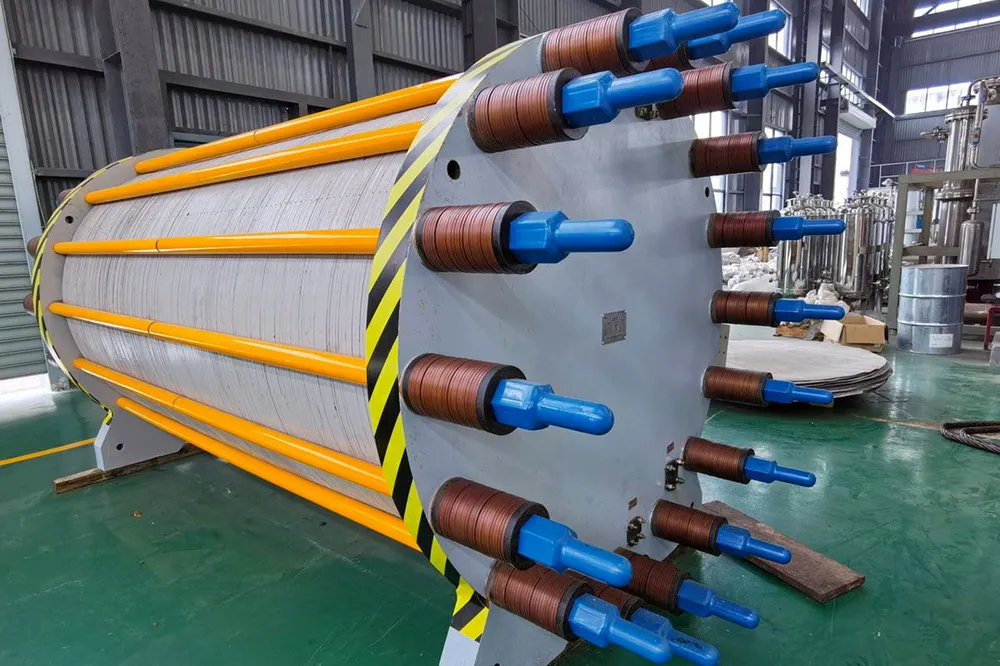'Alkaline electrolysers will dominate green hydrogen production for another decade': report
But manufacturing capacity will be double that of demand by 2030, says research house

But manufacturing capacity will be double that of demand by 2030, says research house
